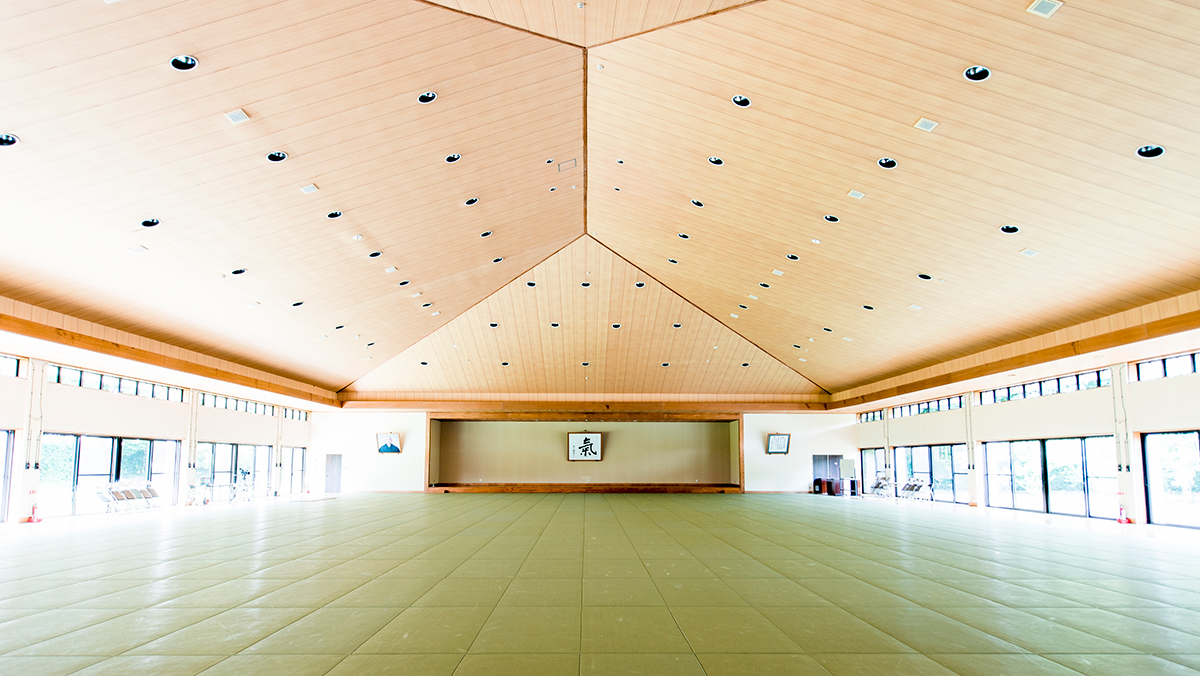When I was in high school, I started taking classes at Sundai Yobikō to get ready for university entrance exams (“Yobikō”, or preparatory school, are privately-run schools marketed to high school seniors who arepreparing for college entrance exams, or in many cases, high school graduates who failed the exam to enter the university of their choice. Students can apply for college only once a year in Japan). I was attending a math class taught by Prof. Akiyama (currently, the Specially-Appointed Associate Chancellor at Tokyo University of Science). His class was very interesting and fun, even to someone who didn’t like to study specifically for college entrance exams like myself.
His class always made me say things like “I see…” and “I got it!”, and even made me feel as if I understood the full depth of mathematics. But when I returned home and tried solving math problems on my own, I just couldn’t do it, despite having thought I understood everything clearly during the class.
After having experienced this phenomenon so many times, I became aware of one thing: during his class, Akiyama Sensei was filled with an incredible excitement of having clearly understood mathematics, and his Ki was then felt by everyone in his class. Even I felt like I understood everything completely.
Of course, really understanding something requires effort and an accumulation of knowledge. However, if you think the subject matter is really difficult from the get-go, or you dislike your teacher, you will lose your “yaruki” (meaning motivation, but literally means “Ki to do/try”). In other words, Akiyama Sensei’s class motivated students (“ki o hikidasu”, which literally drawing out his one’s Ki).
I learned later that Akiyama Sensei himself was not a very good student when he was young. He failed university entrance exams, and even after he managed to become a researcher, he continued facing many setbacks. The reason he was teaching at Sundai Yobikō was to earn money to fund his research, too. However, he aspired to become a mathematics researcher because he experienced the joy of mathematics from his high school mathematics teacher. I immediately understood that this was why his class was so fun.
I am an instructor of Shinshin Toitsu Aikido. I am constantly researching and devising various ways to communicate something deep in a very simple way. What I try to be careful of the most is making sure that I personally feel inspired and excited about understanding something. This is because my inspiration or excitement leads other people to understand through my Ki. When instructing at the dojo, giving a lecture at a seminar, or speaking at a corporate training program, I approach each teaching opportunity in this way. Acquiring a skill requires practice and repeated effort, but being able to feel that we can do it is just as essential in any learning. If we feel we can’t do it, then we probably will not be able to.
A true leader is a person who can demonstrate to people that they can do it, too. When we understand something, our Ki naturally extends. When we can’t understand something, our Ki becomes stagnant [doesn’t flow, gets stuck]. When we communicate something to others and observe carefully each time how people extend their Ki in response to it, we can see how much they understand the subject you just communicated. If they are not understanding, it means that there is some room for improvement in the way we are communicating the subject matter. If we continuously train ourselves to help people understand the subject better, our teaching skills will also improve.
“Teach what people don’t know using only the words they do know.”
This is one of the most important points when instructing Shinshin Toitsu Aikido. It applies to when we communicate / teach verbally or in writing, too. When we always communicate / teach this way, we can also deepen our own understanding of the subject. I am always making an effort to teach this way, too.
However, this sort of “ease of understanding” has its drawbacks. When people think they understand something only from an intellectual perspective, this stops them from making an effort and practicing repeatedly. There is a saying, “suit your speech to the audience”, but we will discuss that at another time.
Professor Katsuhiro Nishinari at University of Tokyo Research Center for Advanced Science and Technology, who proposes “Jamology” (mathematically solve mechanism of spontaneous traffic jams on highways: https://www.u-tokyo.ac.jp/focus/en/features/voices087.html) assigns his university students to prepare a presentation on a very difficult and abstract theme in a way that middle school students can understand, so that they themselves can deepen their own understanding of the subject matter. If you are not really understanding the subject matter, this task is quite difficult, because you are required to use the words and expressions middle school students know. In Aikido, this is like developing our teaching skills in our children or kindergarten classes.
I interviewed Professor Nishinari and it was published as a book in 2019. I was impressed by his ability to talk about quite abstract subjects using only extremely simple words.
『コミュニケーションの原点は「氣」にあり!』
https://www.amazon.co.jp/exec/obidos/ASIN/484706156X/
“Origin of communication lies in Ki” (No official English title)
I hope you would read the book if you haven’t done so.
Translated by Mayumi Case
Edited by David Shaner and Matthew Attarian
Eastern Ki Federation
https://easternkifederation.org/
Original article in Japanese: 理解は氣で伝わる(Rikai wa Ki de Tsutawaru) July 1, 2022 http://www.shinichitohei.com/japanese/2022/07/post-e1a8f1.html

